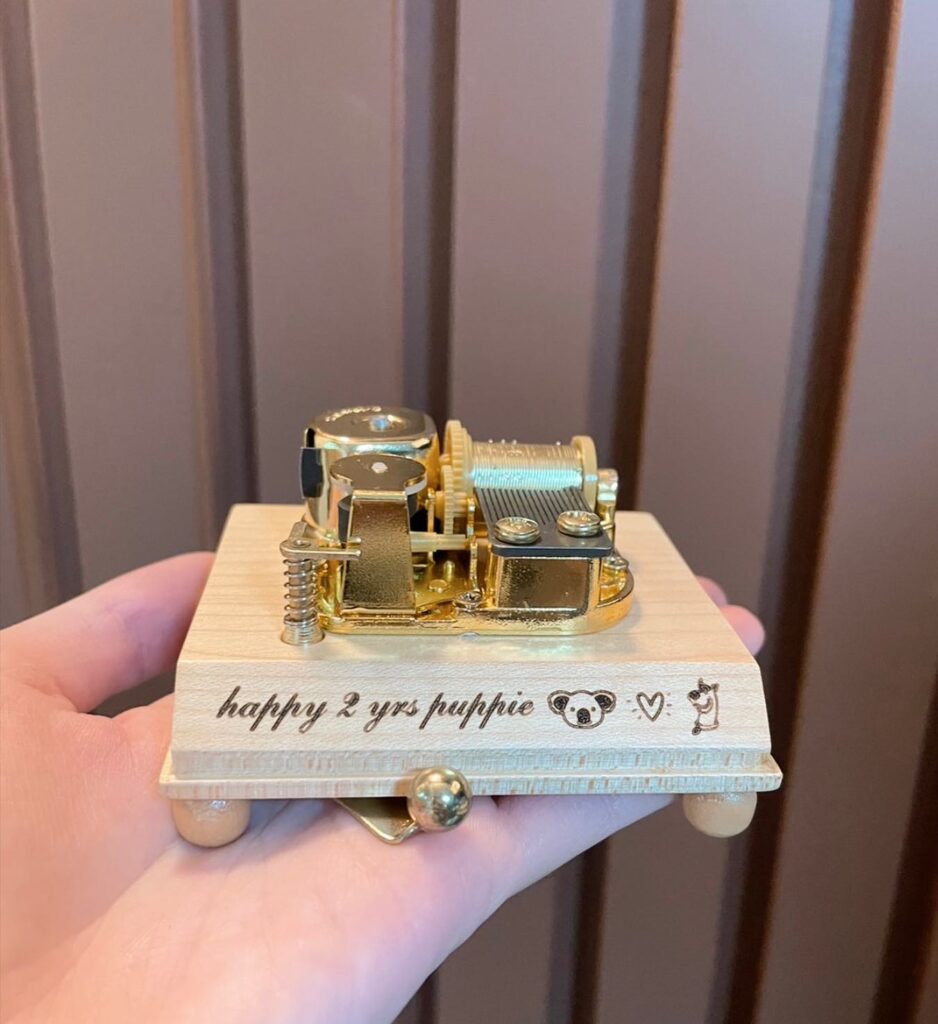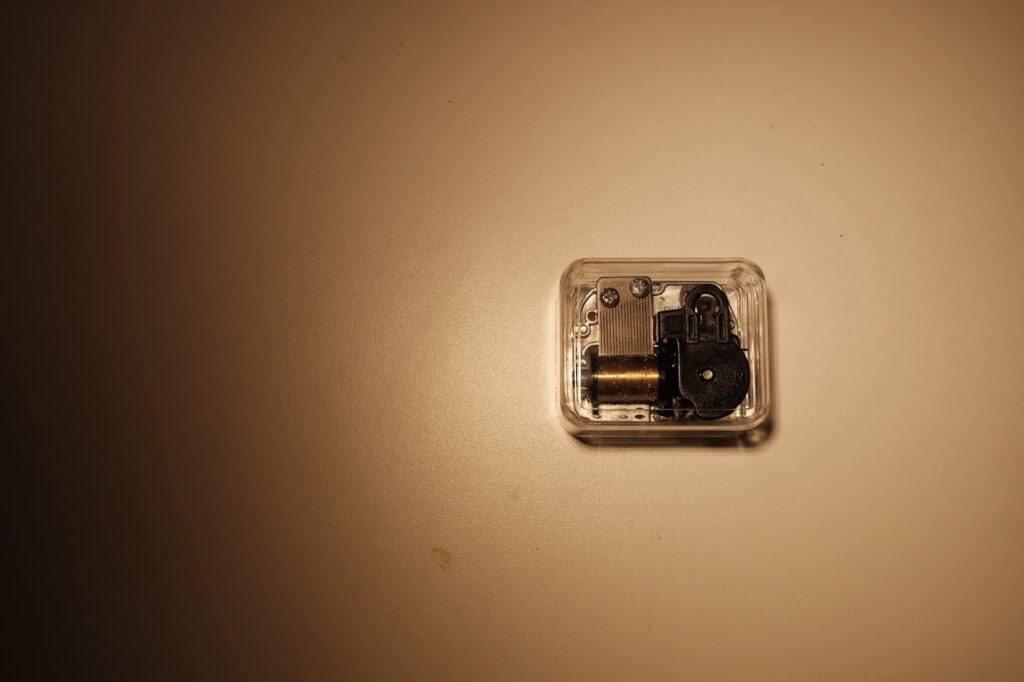Blog
How to Restore and Refresh Your Vintage Music Box
A vintage music box is a piece of history, a treasure from another period, which is often handed down through generations or found in a secret corner of an antique shop. However, like with anything that ages, time takes its toll. Perhaps the tune no longer sounds right, or the exterior has lost part of its original sheen. Do not worry. Restoring and renewing your old music box may bring new vitality to this treasured artifact. At Only One Music Box, we understand the need to preserve these treasures.
So let’s go over how to repair your vintage music box with care, accuracy, and, of course, a little love.
Step 1: Evaluate the Condition
Before you begin restoring your music box, you must first inspect it thoroughly. Is it merely a question of cleaning up the exterior, or do internal components need attention?
Begin by listening to the music. Does it play all the way through, or does it pause halfway? Is the sound clear or muffled? A music box that fails to play properly may have dirt or dust obstructing the mechanism. Next, take a look at the outside. Does the wood need refinishing? Is the lid still firmly attached? These findings will help guide your repair efforts.
Step 2: Clean the Exterior
Over time, dust, filth, and tarnish may degrade the brightness of your music box. The key to freshening it up is to clean gently and mindfully.
For wooden exteriors, use a soft cloth and a non-toxic wood cleaning. If the wood has delicate carvings, a small, soft-bristled brush can assist you get into those tight spaces. You’d be surprised at how much dust may accumulate in the tiny spaces of a beautifully carved pattern.
If your music box has metal components, such as hinges, knobs, or an ornamental crank handle, they may have tarnished. A mild metal polish, applied gently with a soft cloth, can help restore the sheen while protecting the patina. Remember, when it comes to antique items, less often means more. We want to repair rather than over-polish, which would remove the beauty of antiquity.
Step 3: Tune the Mechanism
Ah, the heart of the music box—the delicate machinery that plays the melody. When fixing an antique music box, this is generally the most difficult, but often the most satisfying step. If the song plays slowly or skips notes, the cause might be dirt caught within the mechanism. It’s incredible how even the tiniest particles can interrupt the most beautiful tunes.
To clean it, you’ll need to get to the internal mechanism, which is usually below or within the box. Use a can of compressed air to carefully remove any dust or dirt. Be cautious—these devices are fragile, and applying too much force may cause harm. A little quantity of clock oil or music box oil applied to the gears and moving components may help the mechanism function smoothly. Use just a little amount; over-oiling could gather dust and cause additional difficulties down the road.
If you are afraid to work on the mechanism yourself, we suggest contacting a professional restorer. The inner workings of old music boxes are complex, so it’s often a good idea to leave the fine-tuning to a professional.
Step 4: Restore the Finish
For music boxes with a wooden finish, refinishing the outside may take more than just a cleaning. Wood may become dull, damaged, or discolored with time, particularly when exposed to sunshine or dampness.
Begin by looking at the surface. If it’s only a little dull, a wood polish or beeswax will restore the gloss. However, if the wood is significantly damaged—cracks, peeling varnish, or deep scratches—it may be time to refinish it. Sand the surface gently, taking care around any delicate details or inlays. Once smooth, add a fresh layer of varnish or wood stain to match the original finish. Let it completely dry before handling.
Step 5: Replace Damaged Parts
An antique music box may have a missing or damaged part—for example, a chipped crank handle or a lid hinge that no longer holds. Depending on the date of your music box, locating original replacement components may be difficult, but not impossible. Vintage components are often available at antique stores, online stores, and specialist music box repair companies.
If authenticity isn’t a top priority for you, contemporary alternatives may be added to restore functionality. Simply ensure that anything you pick compliments the overall appearance and feel of your music box. After all, balance is key—restoring does not imply removing the antique character.

Step 6: Protecting Your Restored Music Box
Now that your old music box has been rejuvenated, it’s time to consider preservation. Keep it away from direct sunshine and dampness, since these may harm the wood and mechanism over time. To maintain the outside, dust it with a soft cloth on a regular basis and consider giving the mechanism a quick cleaning once a year.
If you’ve added oil to the gears, remember to check it after around six months to ensure it hasn’t thickened or attracted dirt. A little periodic care may keep your music box performing as brilliantly as it should for years to come.
The Melodic Revival
Restoring an antique music box is more than simply making repairs; it’s about restoring memories, history, and workmanship. Whether your music box has emotional meaning or is part of a beloved collection, hearing that tune ring out again—clear, bright, and full of life—is very satisfying.
At Only One Music Box, we believe that each music box has a unique story to tell, and we’re here to help you tell those stories note by note. The secret to successful restoration is time, care, and attention to detail, whether you’re doing it yourself or hiring professionals. Your antique music box is more than just an item; it’s a piece of history that needs to be heard again and again.


